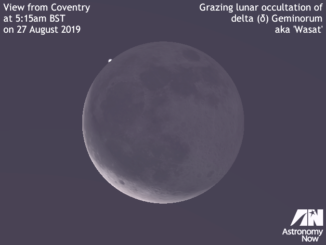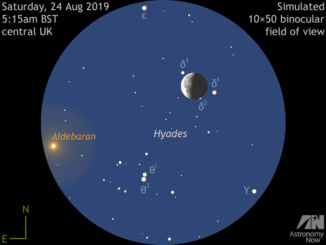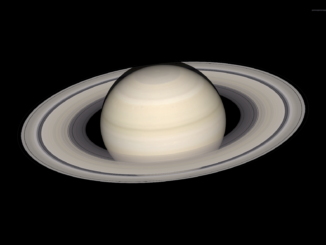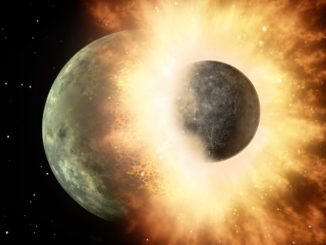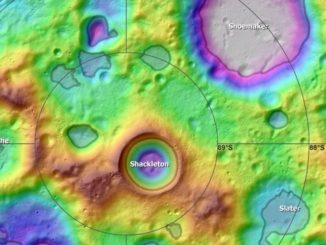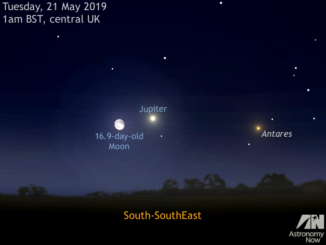
See the waxing Moon meet the outermost planet on 10 October
The 12-day-old Moon lies in the same low-power binocular field as Neptune late into the evening of Thursday, 10 October 2019 when observers in the UK can find the pair highest in the southern sky against the constellation of Aquarius. The glare of the gibbous Moon will present a challenge, but well worth the attempt to find the outermost planet with modest optical aid.


